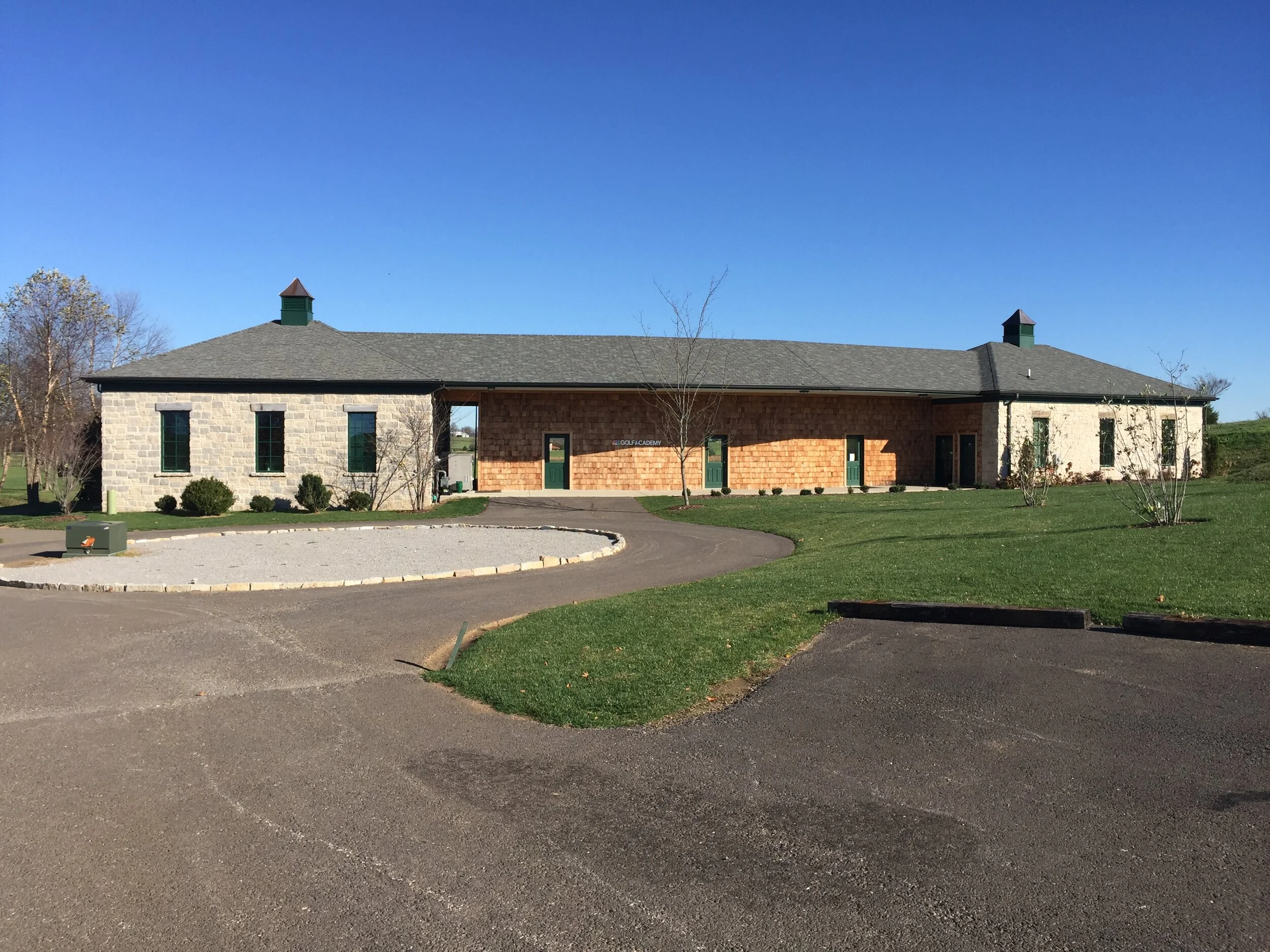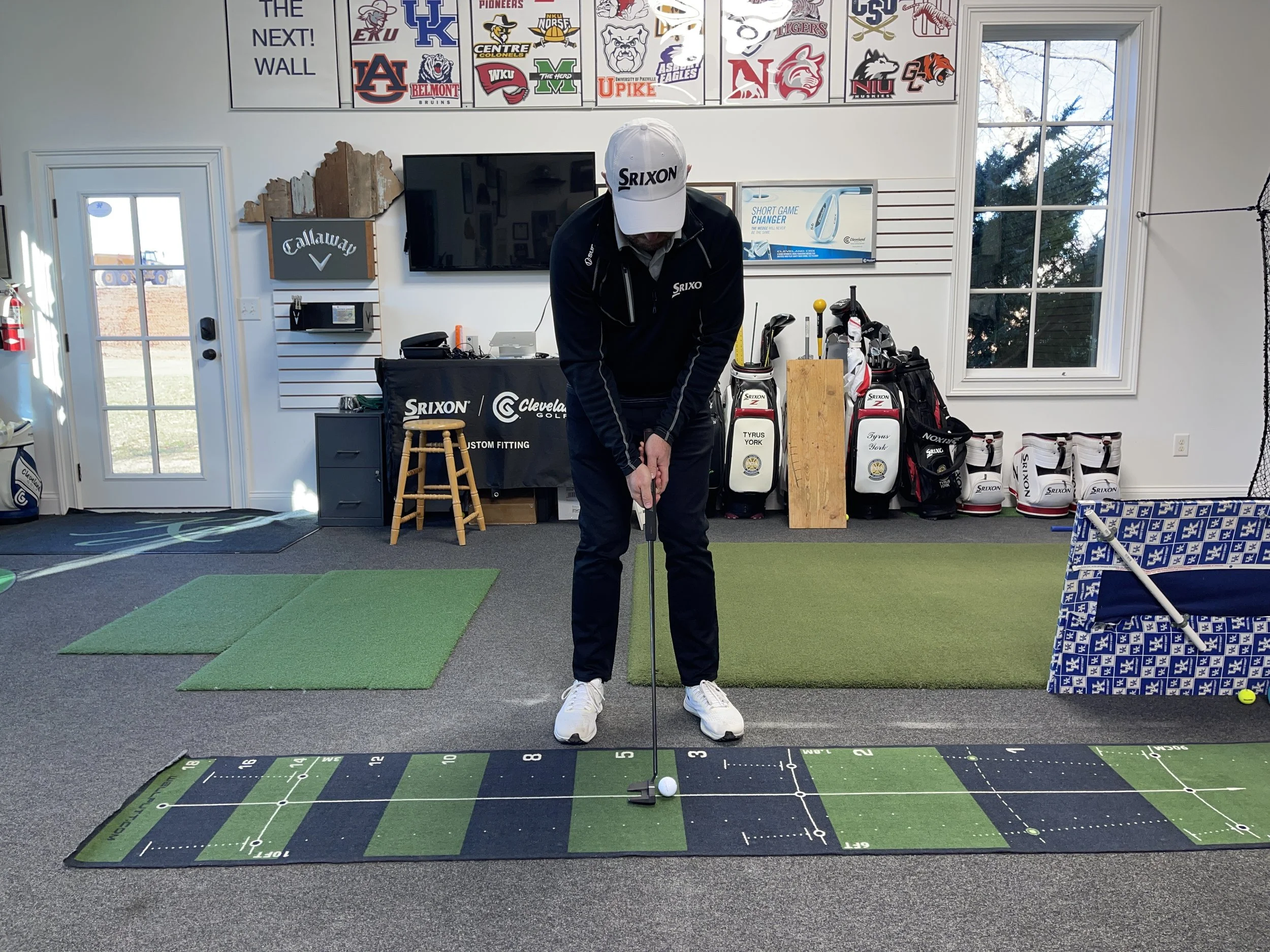Many golfers approach the game with a variety of goals that can range from just wanting to make contact with the ball on a full swing to winning a professional major. The number of goals in between those two extremes can be virtually limitless.
So how do we design a practice that makes the best use of your time yet also gives you an opportunity to succeed at achieving your goals?
To answer this question I think we need to quickly review what a goal is, or more importantly what a goal should be. Any goal, regardless of where it falls on the spectrum of possibilities listed in the opening paragraph, must be S.M.A.R.T.
Specific
Measurable
Achievable
Relevant
Time-Bound
I really don’t think we need to spend any time breaking down this acronym further, so just make sure that whatever goal you are setting yourself up for can be explained using the criteria above. For example, if you’ve never played and want to play on the PGA Tour, you better make sure it fits in the achievable portion of the acronym.
Once you have your S.M.A.R.T. goal defined, you then need to start planning. This is of course most easily done with the help of a qualified instructor that can help you identify weaknesses and set you up on a plan for improvement. Then it is time to get to work.
So now that you have your plan and you’ve got the time set aside to actually practice your golf game, what are some things you can be doing to make sure your practice is effective?
Plan ahead. Have a practice plan before heading to the course/practice facility. It doesn't have to be a long, written out plan. Just know ahead of time the areas of your game you need to work on and stick to the plan to work on those areas. Again… this is easier with the help of a qualified instructor.
Diversify. When most people think practice, they don’t think much past hitting golf balls of the driving range, working up a sweat, then calling it a day. Diversify your practice plan to include all parts of the game, include (especially) putting. Golf is the only sport where you practice in a completely different environment than you play. Make sure your practice sessions would include all parts of the game, just like a round of golf would.
Avoid pitfalls. Here are some tips to help you avoid common pitfalls when you practice:
Space out time in between shots on the range. In other words, never rake and hit! It takes over 4 hours to play most 18 hole rounds of golf. During that time you may hit 30-50 full swing shots. Why in the world would you try to hit a bucket of balls that contains 70-100 balls in less than an hour? This is not me saying to take 4 to 5 hours on a bucket balls, just make sure you are incorporating pre and post shot routines as well as varying your club selections and targets.
Practice like you would play. For example, do you use a line on your ball when you putt? Then you better be setting that line up for the overwhelming majority of the strokes you make on the practice green! Do you have a green reading method (like AimPoint)? Use it! Even on those 3-5 footers that can drive golfers mad when they miss them in practice.
Be aware of LaLa Land. Our human brains just simply aren’t wired very well to sustain a high level of focus and energy during a long practice session. In fact the average max attention span for adults is about 20 minutes. Whenever you catch your mind drifting to other thing, simply take a break and start working on another aspect of your game.
Do you need help identify your weakness and getting you plan to improve created so that you can start playing better golf? Then contact me today so that we can together help you put your plan to improve in action!







